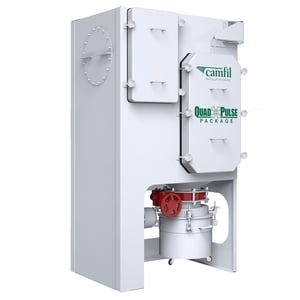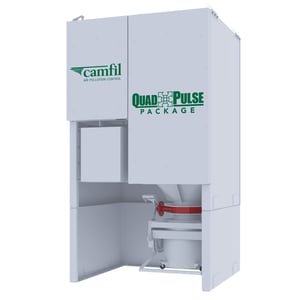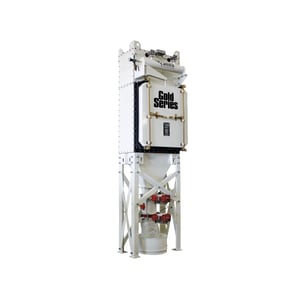Active Pharmaceutical Ingredients (API´s) create a number of challenges for pharma manufacturers and their production processes. The API’s create very fine dusts and often high solvent concentrations during the product handling and manufacturing processes. This fine dusts pose the greatest risk to the worker’s health, with harmful particles being retained in the lungs. That´s why effective filtration is required combined with containment solutions to ensure the dust doesn’t escape during normal operation as well as during routine maintenance like filter changes or waste dust disposal.




